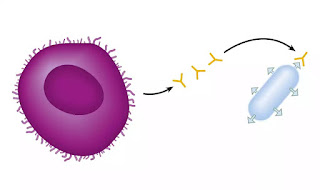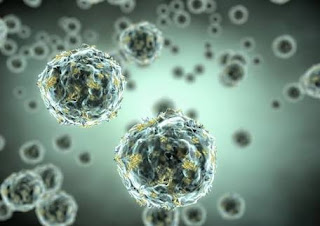Immune cells fight infections, in a new study, scientists have discovered how they also help the nervous system remove debris, clearing the way for nerve regeneration after injury. Some immune cells- neutrophils can clean up nerve debris. Neutrophils are one of the most common types of immune cells and known to engulf microorganisms, but they are not associated with peripheral nerve damage caused by diabetes or trauma.
Damaged nerve cells produce a stream of molecular lures that specifically attract neutrophils to injury sites in mice. Damaged mouse sciatic nerves produced hundreds of times the normal amount of two “chemoattractant” molecules, Cxcl1 and Cxcl2, which attach to the surfaces of neutrophils and draw the immune cells into injured tissue.
Once at the injury site, the neutrophils engulf cellular debris caused by the nerve damage, tidying up the area so the cells can repair themselves. Without the cellular clearance mechanism, nerves can’t properly regenerate after injury. The experiments included sorting immune cells found at injury sites by molecules on their cellular surfaces, and many hours looking at mouse cells through the microscope.
Several different cells pick up the slack in the absence of macrophages, it was the neutrophil that emerged as a major contributor to debris removal. We also discovered that when we depleted neutrophils, nerve debris clearance was significantly halted in both normal mice and mice lacking a major population of macrophages.
Without neutrophils, nerve cells could not properly clear debris. This could leads to new therapeutics designed to repair nerve cells damaged by neurodegenerative disease. The clearance of debris after an injury is necessary for effective nerve regeneration. Immunostimulant molecules that target neutrophils at nerve injury location might enhance clean-up and promote nerve cell repair. Immunostimulant molecules are used to treat chronic infections and immunodeficiency.
haleplushearty.blogspot.com



